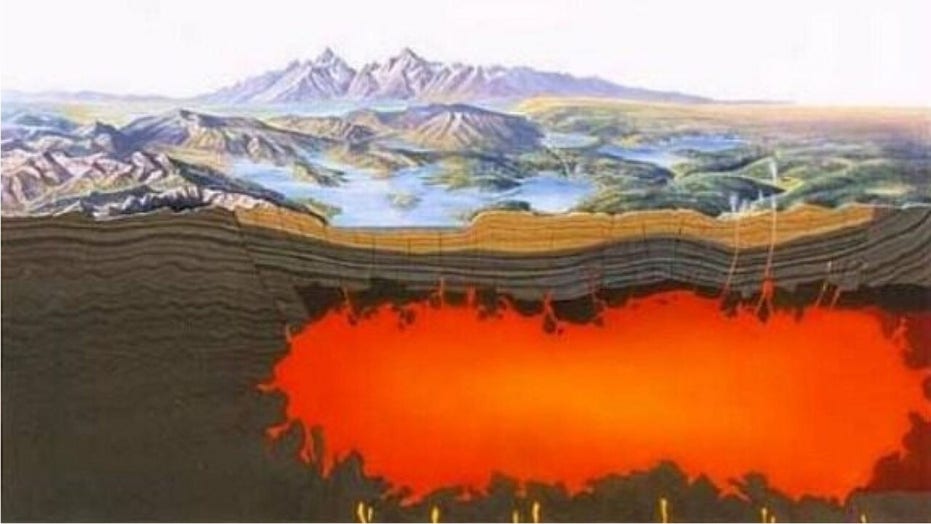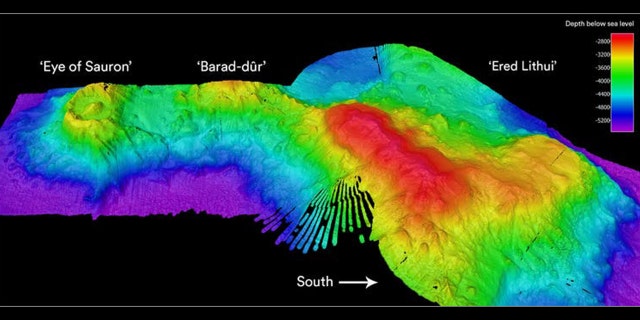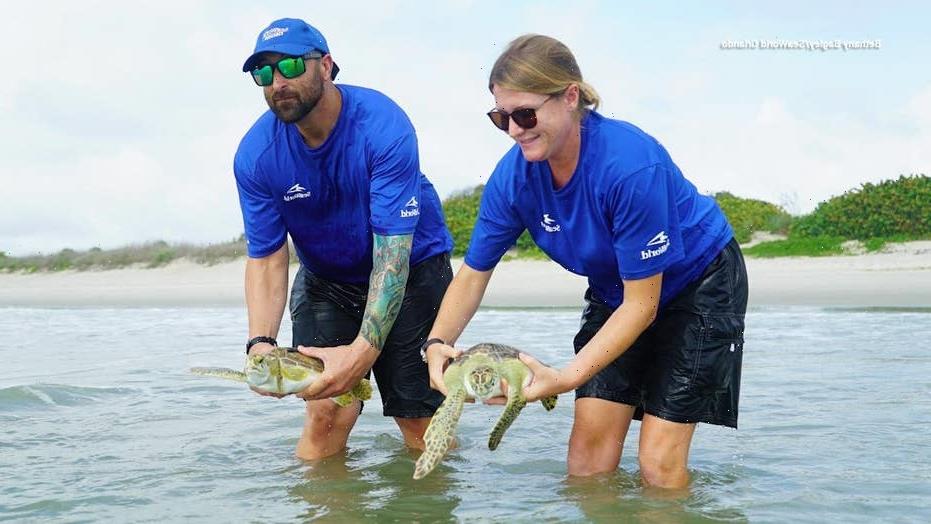Yellowstone supervolcano’s ‘largest and most cataclysmic event’ uncovered
A newly released study suggests that the Yellowstone supervolcano may actually be waning.
A group of researchers in Australia has uncovered the remnants of an ancient underwater volcano in the Indian Ocean that resembles J.R.R. Tolkien’s “The Lord of the Rings” trilogy’s “Eye of Sauron.”
As described in “The Fellowship of the Ring,” the Eye of Sauron was “lidless” and “wreathed in flame,” and sonar images provided by chief scientist and senior curator at Museums Victoria Tim O’Hara show a familiar outline.
In addition to the undersea volcano, further three-dimensional mapping discovered two other seafloor structures.
Also named for Tolkein’s fantastical lore, a “flat-topped seamount” and volcanic cone-covered sea mountain were dubbed Barad-dûr and Ered Lithui – both located near the Eye of Sauron in the hellish wasteland of Mordor.
“Although author J.R.R. Tolkein’s knowledge of mountain geology wasn’t perfect, our names are wonderfully appropriate given the jagged nature of the first and the pumice-covered surface of the second,” O’Hara noted.
A sonar image of the "Eye of Sauron" volcano and seamounts "Barad-dûr" and "Ered Lithui"
(Phil Vandenbossche & Nelson Kuna/CSIRO)
All three features are part of a cluster of seamounts that have been previously estimated to be more than 100 million years old and which had formed next to an ancient sea ridge when Australia was positioned closer to Antarctica than Asia.
While Ered Lithui was formed by wave erosion – once protruding above the surface before sinking – O’Hara points out that the caldera appears much fresher than its sand and mud-covered neighbor.
“Instead it is possible that volcanoes have continued to sprout or new ones formed long after the original foundation,” he said. “Our restless Earth is never still.”
Next, O’Hara and others from museums, universities, CSIRO and Bush Blitz are preparing to map the surrounding seafloor and adventure to the Cocos (Keeling) Island region.
“No doubt many animals that we find here will be new to science and our first records of their existence will be from this region,” he said. “We expect many more surprising discoveries.”
Source: Read Full Article




